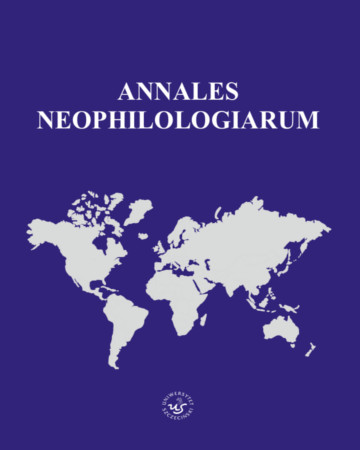




| Authors: |
Tomasz
Obiała
Uniwersytet Szczeciński, Wydział Filologiczny |
| Keywords: | sociophonology vocalisation intrusion sonorants |
| Data publikacji całości: | 2015 |
| Page range: | 8 (159-166) |
| 1. | Gick B., 1999, A gesture-based account of intrusive consonants in English. Phonology 16 (1) 29–54. |
| 2. | Gick B., 2002, The American Intrusive-l in American Speech 77.2, pp. 167–183. |
| 3. | Gimson A., 1994 (1970), An Introduction to the Pronunciation of English [revised by A. Cruttenden], Edward Arnold, London. |
| 4. | Johnson W., Britain D., 2007, L-vocalisation as a natural phenomenon: Explorations in sociophonology, “Language Sciences” 29, pp. 294–315. |
| 5. | McMahon A., 2000, Lexical Phonology and the History of English, CUP, Cambridge. |
| 6. | Roca I., Johnson W., 1999, A Course in Phonology, Blackwell, Oxford. |
| 7. | Trudgill P., 1986, Dialects in Contact, New York: B. Blackwell, Oxford. |
| 8. | Uffmann C., 2007, Intrusive [r] and Optimal Epenthetic Consonants, “Language Sciences” 29 (2–3), pp. 334–359. |
| 9. | Wells J., 1982, Accents of English. 3 Volumes, CUP, Cambridge. |
| 10. | Wells J., 2003, Longman Pronunciation Dictionary, Longman, Harlow. |